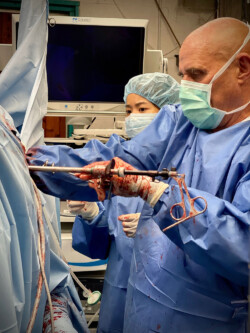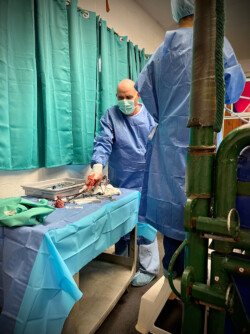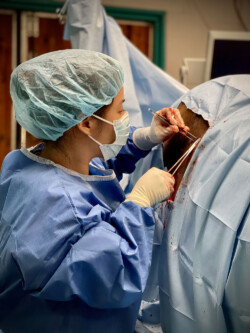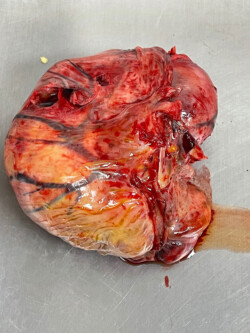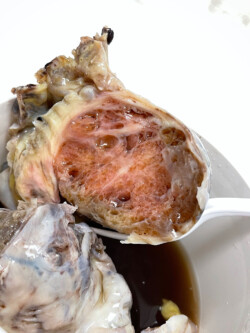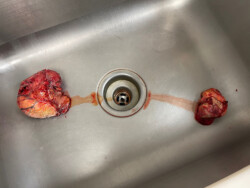What do you do, where do you turn when your 12 hundred pound normally sweet mare turns mean and aggressive threatening to kick and bite her human handlers? Diane’s first thought was to contact her veterinarian, Dr. Jee Grewal board certified equine surgeon of Starling Equine. Dr. Grewal’s experience and training told him that a somewhat rare cancer in mares could be responsible and he suggested an examination by Palm Beach County’s reproductive specialist, Dr. Erin Newkirk of Wellgrove Equine. Dr. Newkirk examined “Stormy” ( alias for our problem mare so that she may remain anonymous), and after internal ultrasound examinations and some blood tests confirmed Dr. Grewal’s suspions and diagnosed a probable malignancy in the mare’s ovary, a granulosa cell tumor. These tumors often secrete testosterone in extremely high quantities causing radical behavioral changes and aggression. They are malignant and can reach enormous size if not detected early. Fortunately for “Stormy” however, early detection allowed for a plan of treatment. Before the tumor could be addressed however, “Stormy” developed a very high fever with pleural effusion (fluid in the chest cavity) requiring hospitalization, isolation, and treatment. Once that problem was resolved, “Stormy” went home to recover and get ready to tackle her cancer treatment.
The treatment plan for her now involved surgical consultation at Byron Reid & Associates Equine Clinic. The treatment for testosterone-secreting granulosa cell tumors in horses is surgical removal. Traditionally, ventral midline incisions were made under general anesthesia or flank incisions could be made and the tumors removed standing. More recently, however, Reid & Associates have been removing ovaries including cancerous ones using laparoscopic minimally invasive techniques which are easier on the horse with much better outcomes. Even better, new and improved laparoscopic equipment allows separation of the ovary and tumor from its attachments with perfect automated hemostasis (bleeding control) and robotic cutting of the tissue.
“Stormy” was then admitted to Reid & Associates and gotten ready for surgery. She had become quite dangerous to handle and would lounge at her handlers and try to strike and kick them. Even routine procedures such as temperature taking or heart ascultation had become impossible to do safely. Consequently, she had to be sedated to work on, then a catheter was placed, her hair was clipped for surgery and for an epidural. An epidural was administered to allow painless surgery, the skin of her flanks was numbed with mepivicaine, and prophylactic antimicrobials and antiinflammatories were administered.
Next, after sterile draping and preparation, skin incisions just large enough to allow small tubes to be inserted into her abdomen were made. The abdomen was inflated with carbon dioxide gas to allow separation of the organs permitting Dr. Reid to see very clearly inside the abdomen. Instruments and camera-fitted endoscopes were passed through the tubes and the surgery was performed by looking at real time video. The ovaries were numbed with local anesthetic, then the Ligasure was used to bloodlessly separate the ovary of all of its attachments to the mare. Similar procedures were performed on both ovaries, left side, then right. The left ovary had become quite large. Flank openings were created just large enough to allow removal of the ovary so the one on the left had to be almost six inches long.
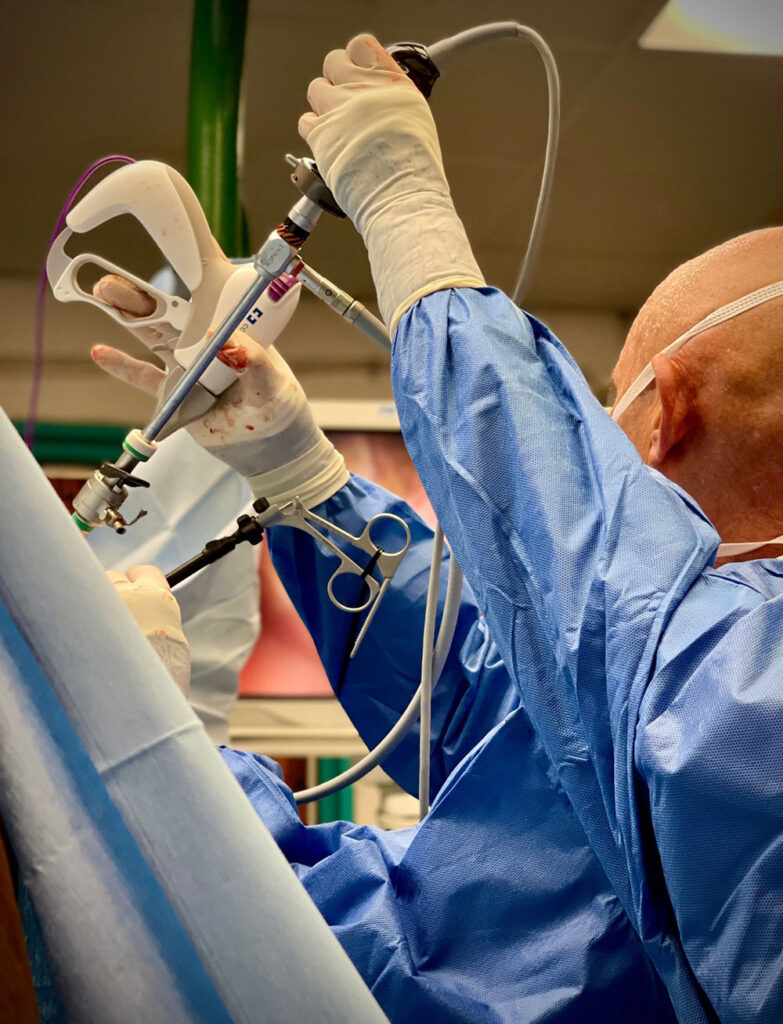
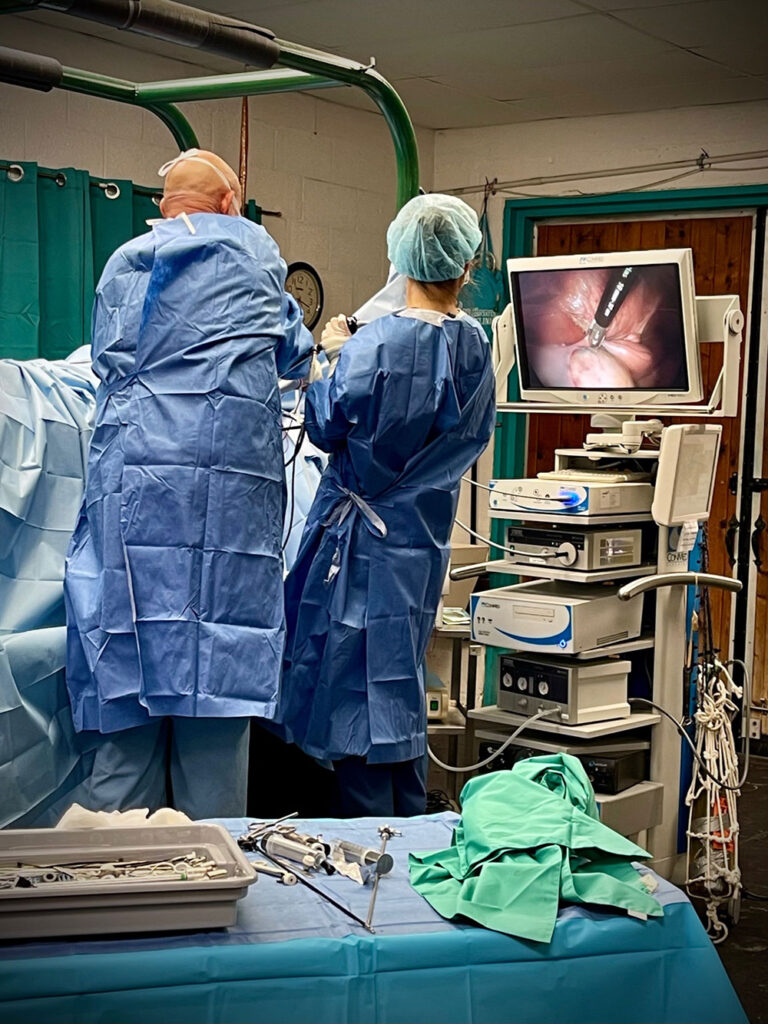
Following closure of the skin wounds, “Stormy” was returned to her stall. As she recovered from the sedation, it was clear that an absolutely astounding change in her temperment had occurred. Now she could be handled, her temp taken, her heart asculted and she showed no aggression whatsoever!
While these tumors are malignant, fortunately they are usually completely contained in the ovarian capsule and are slow to metastasize, so “Stormy” should be completely cured of both the malignancy and the testosterone-driven aggression. Happy ending to a scary story.

